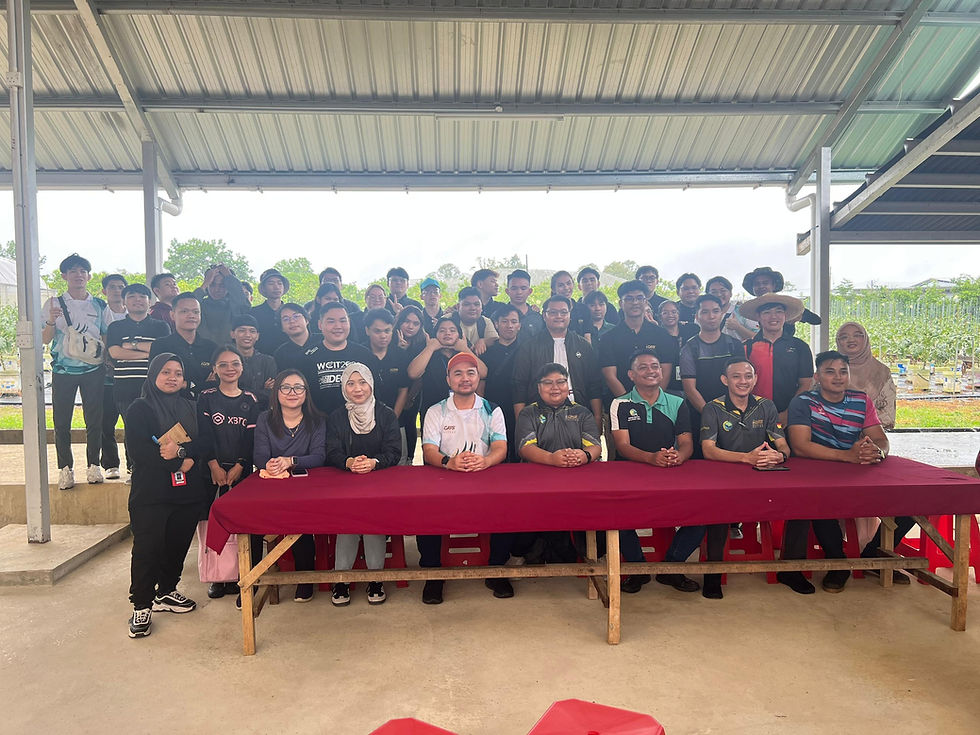
BE Farm




An aquaponic area is a sustainable farming space where fish and plants are grown together in a closed-loop system. Fish are raised in tanks, and their nutrient-rich waste water is circulated to grow beds, where beneficial bacteria convert the waste into nitrates that plants use as fertilizer.
The plants, in turn, help purify the water, which is then recirculated back to the fish tanks. This eco-friendly system uses significantly less water than traditional agriculture, requires no soil or chemical fertilizers, and can be set up in various environments—from backyards to commercial greenhouses—making it ideal for efficient, local food production.
























































A fertigation area is a section of agricultural land or a controlled growing environment where fertilizers are delivered through the irrigation system, combining fertilization and irrigation into one efficient process. This method allows nutrients to be applied directly to the plant roots in precise amounts, improving nutrient uptake, reducing waste, and enhancing crop yields. Fertigation systems are commonly used in both soil-based and soilless farming, particularly in greenhouses, orchards, and large-scale crop fields. The area typically includes components like water tanks, fertilizer injectors, filters, pumps, and drip or sprinkler irrigation lines.
